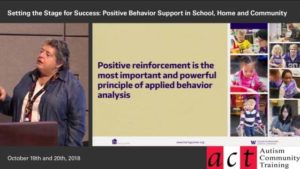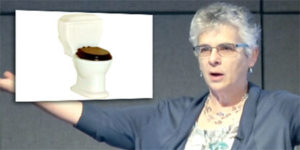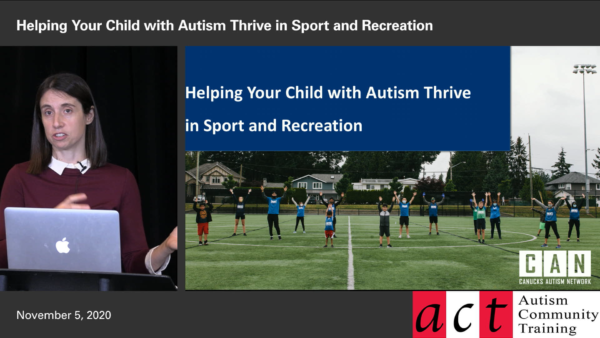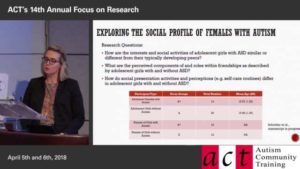Filmed November 2015 – edited into 23 parts; total 252 minutes
Parents often assume that difficult eating, sleeping and toileting behaviors are part of their child’s autism and must be endured. This video will provide parents with an overview of Positive Behavior Support (PBS). Many families find PBS very helpful in learning how to help their children with diverse needs develop functional behaviors that can make a huge difference in the quality of family life and the child’s ability to be included in school and community activities. Some of the topics include:
- the four functions of behavior
- indirect and direct assessment
- teaching strategies
- three examples of PBS
- visual support strategies and examples
Core features of PBS include the application of behavioral science (ABA), the use of practical interventions to prevent problem behavior and promote desired behavior, and a focus on improving the quality of life for the individual and those who live with and support him/her.
About the Presenter







